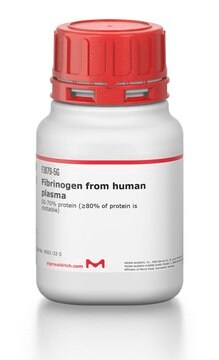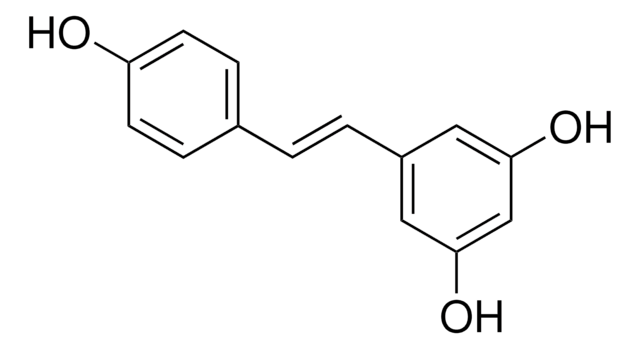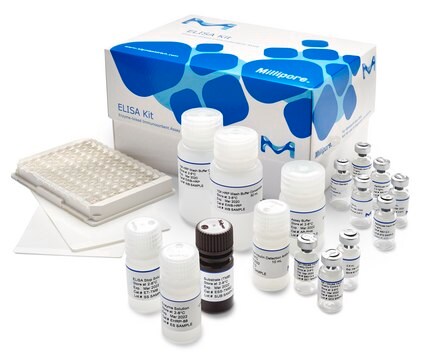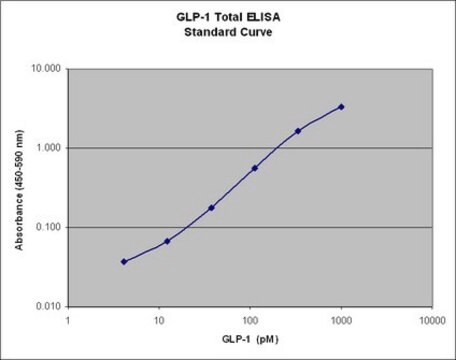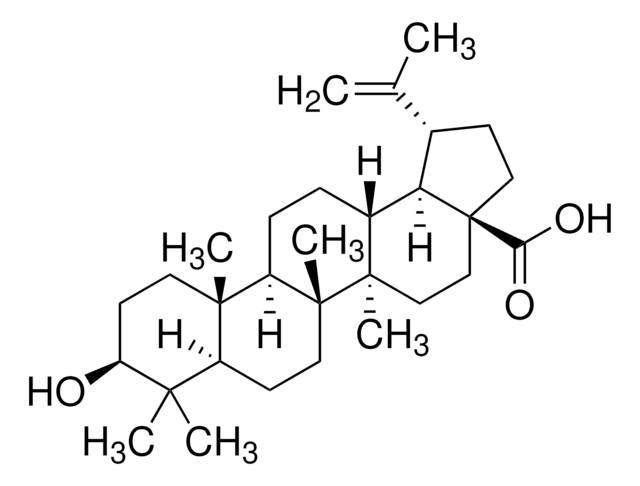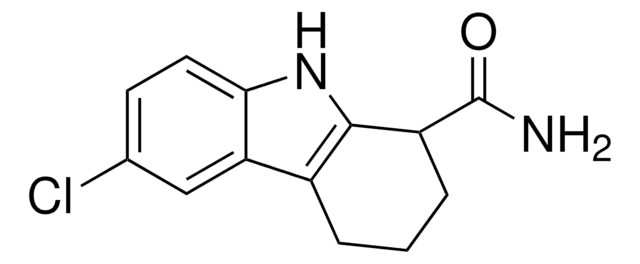SRP4324
Apo-SAA human
recombinant, expressed in E. coli, ≥98% (SDS-PAGE), ≥98% (HPLC)
Synonim(y):
Amyloid fibril protein AA, Amyloid protein A, SAA, SAA1, SAA2, Serum amyloid A protein
About This Item
Polecane produkty
pochodzenie biologiczne
human
rekombinowane
expressed in E. coli
Próba
≥98% (HPLC)
≥98% (SDS-PAGE)
Formularz
lyophilized
masa cząsteczkowa
~11.5 kDa
opakowanie
pkg of 50 μg
warunki przechowywania
avoid repeated freeze/thaw cycles
metody
protein expression: suitable
zanieczyszczenia
endotoxin, tested
numer dostępu NCBI
Warunki transportu
wet ice
temp. przechowywania
−20°C
informacje o genach
human ... SAA1(6288)
Opis ogólny
Serum amyloid A (SAA) proteins are a group of apolipoproteins produced in response to cytokines released by activated monocytes/macrophages. SAA is a highly conserved acute-phase protein primarily synthesized by the liver.
Zastosowanie
Działania biochem./fizjol.
Postać fizyczna
Rekonstytucja
Kod klasy składowania
11 - Combustible Solids
Klasa zagrożenia wodnego (WGK)
WGK 3
Temperatura zapłonu (°F)
Not applicable
Temperatura zapłonu (°C)
Not applicable
Wybierz jedną z najnowszych wersji:
Certyfikaty analizy (CoA)
Nie widzisz odpowiedniej wersji?
Jeśli potrzebujesz konkretnej wersji, możesz wyszukać konkretny certyfikat według numeru partii lub serii.
Masz już ten produkt?
Dokumenty związane z niedawno zakupionymi produktami zostały zamieszczone w Bibliotece dokumentów.
Nasz zespół naukowców ma doświadczenie we wszystkich obszarach badań, w tym w naukach przyrodniczych, materiałoznawstwie, syntezie chemicznej, chromatografii, analityce i wielu innych dziedzinach.
Skontaktuj się z zespołem ds. pomocy technicznej